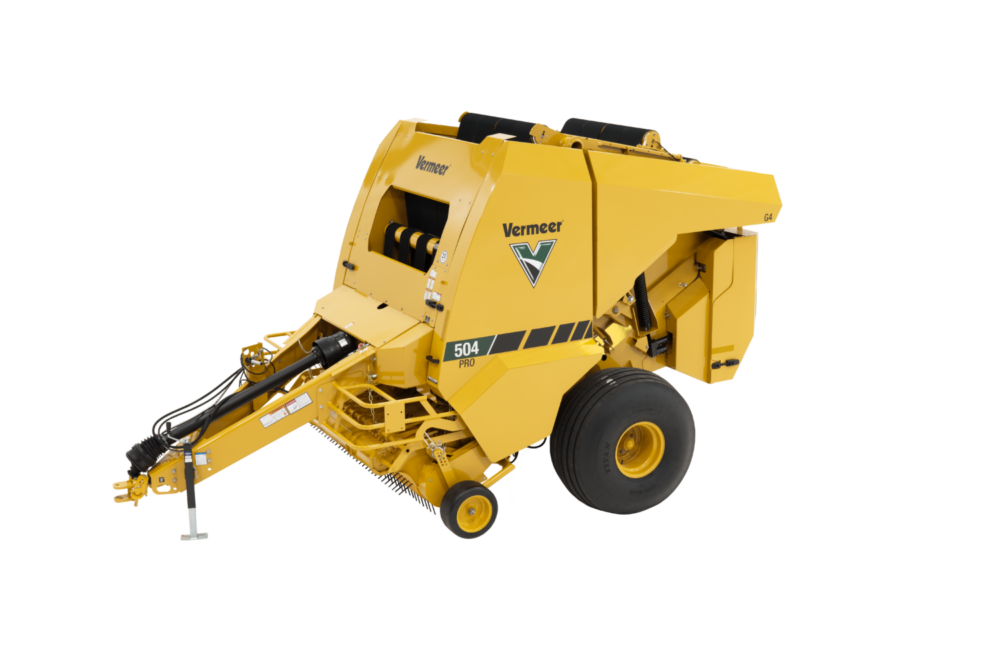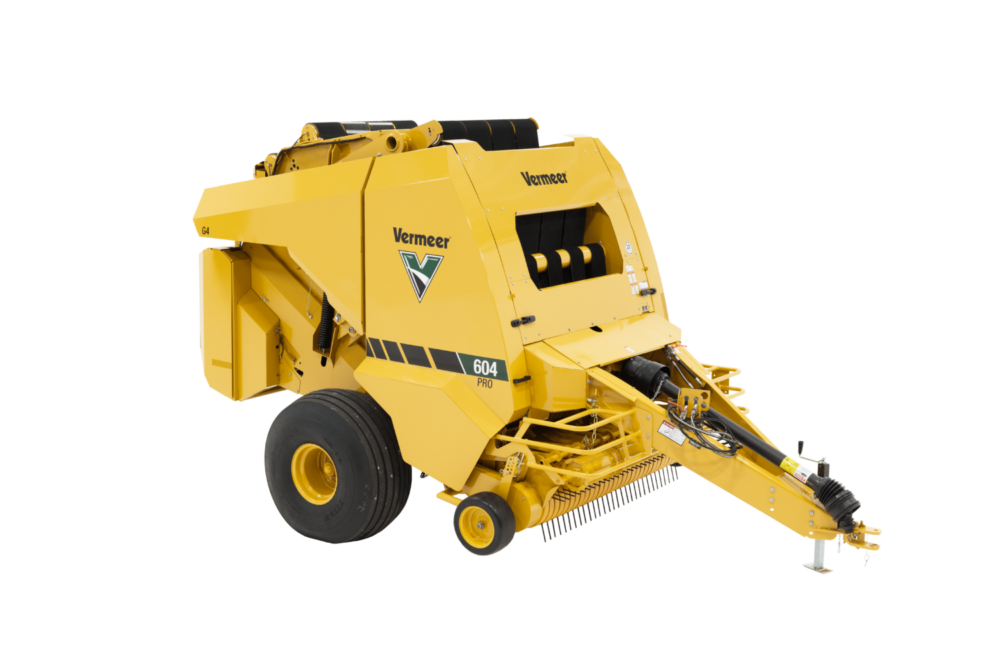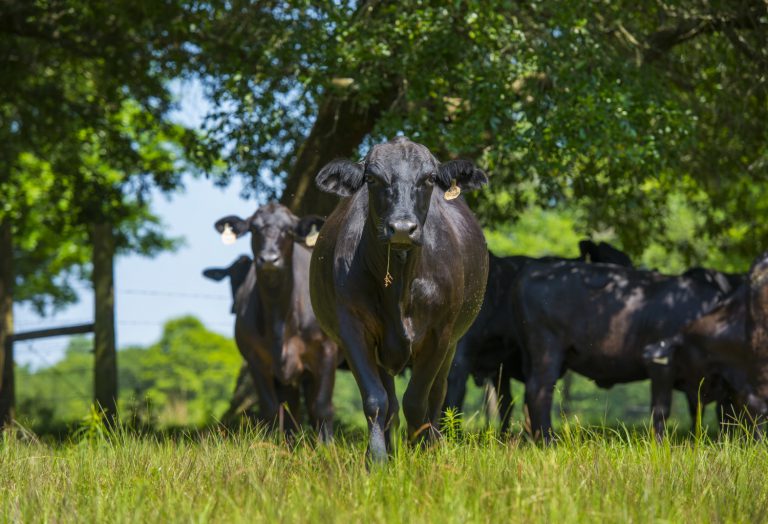
Why Do Beef Producers Turn To Baleage?
May 2015
Ask beef producers why they prefer to feed their cows with high-moisture bales and usually they list several benefits including the quality of a higher-energy, higher protein forage product; greater flexibility and a larger window of opportunity when harvesting their crop; and rate of gain for their herd. But read between the lines and what you find is a culture of providing greater care to ensure the overall health of every animal in the herd and the value they place on the product they feed them. The following briefly chronicles two of these producers.
Paul and Beth Drake: Living the Good Life Amidst Hurricanes, Tornadoes and Registered Purebred Brangus.
Twenty-two miles from the Gulf of Mexico (near Poplarville, Mississippi), you’ll find the home and 190-acre farm of Dr. Paul and Beth Drake and discover “ground zero” for two of the most devastating storms ever recorded in U.S. history.
The first one, Hurricane Camille (1969), was one of only three F5 hurricanes recorded in the 20th century. It caused 239 deaths throughout the South. Then came another F5 in 2005 – Katrina. This time she was accompanied by two F5 tornadoes, which stripped away 75 percent of the Drake home as Paul, Beth, family members and pets all crammed into a tiny half bath for four hours to wait it out. According to Beth Drake, “what the first tornado didn’t take, the second one did.”
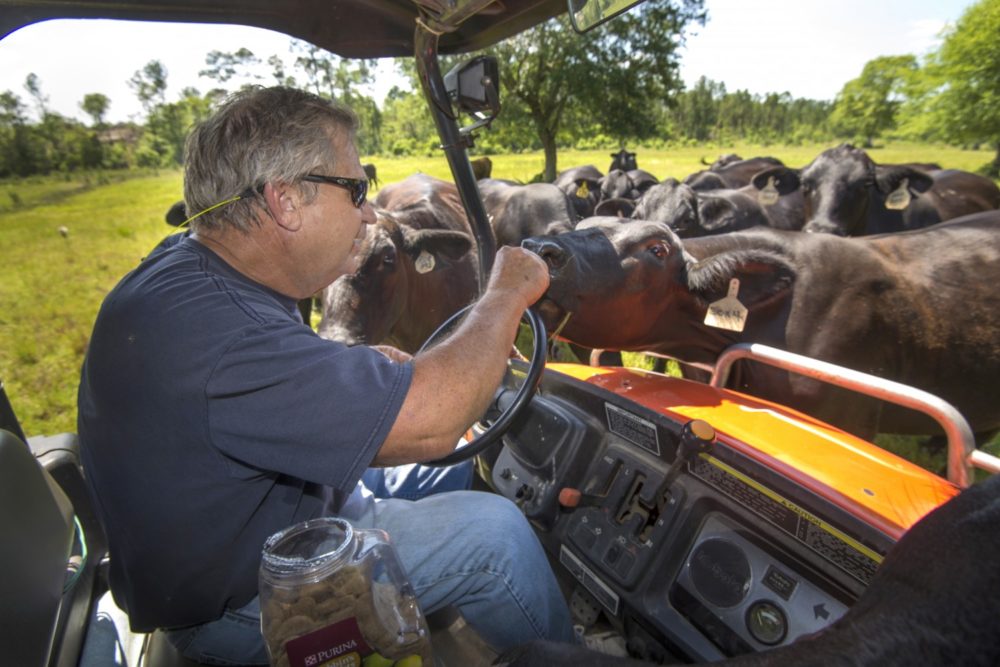
What was it like to live through it? How does it feel to lose just about everything in a matter of hours? Ask Beth and she’ll nonchalantly tell you, “it’s simply an opportunity to travel a new path in our lives. Besides, it was time for an upgrade; the house was already seven years old.”
As you can imagine, after living through the first devastating hurricane, it really didn’t take a huge leap of faith when they purchased 20 acres of pasture land and moved to the country to start a new chapter in 1986.
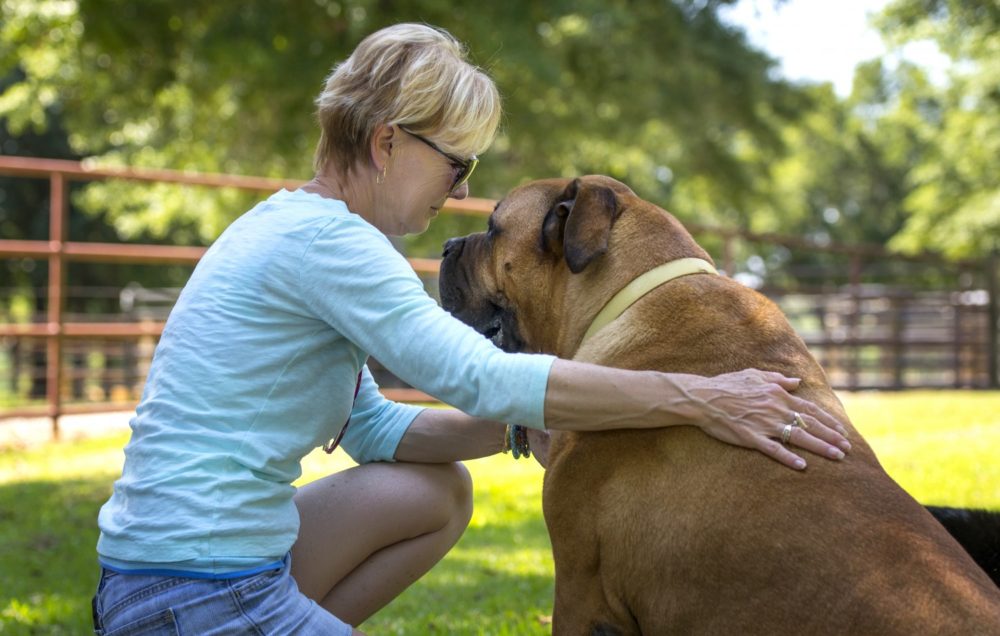
From the original 20 acres they purchased in 1986 to the 190 acres they own today, along with their registered herd of purebred Brangus, the Drakes have carved out a nice niche at “ground zero.” They plant and bale 92 acres of Argentine Bahia and rye grass, then leave the rest of it as pasture.
“The silage baling process has been great for our pregnant cows. I’m a strong believer in the theory ‘what you feed is what you get.’ The key is getting the windrows set up properly. When you do that, the baling part is easy – whether you bale wet or dry,” said Beth. “With the Vermeer 504 PRO baler, the only difference when harvesting one type of grass versus the other is the speed of the tractor.
In fact, the product we feed is not only consistent, but consistently excellent.”
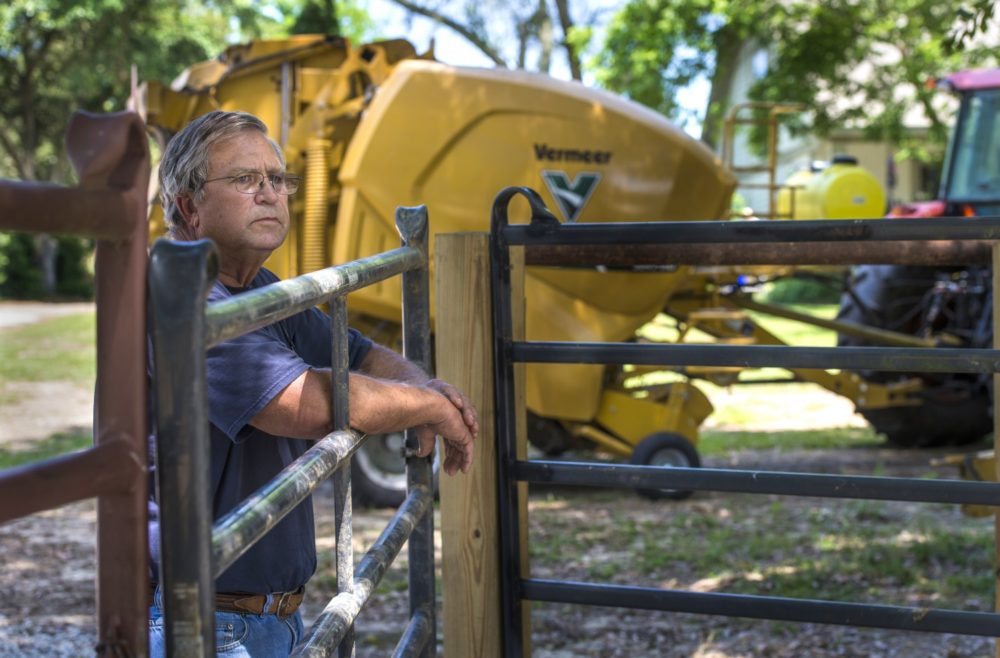
“We take very good care of our wet bales and our pastures. Our hay is absolutely pure. Not a weed. Not a branch. Not a soda can to be found. We apply a lot of chicken manure, then supplement it with prescription applications of ammonia, lime for the acidity and potassium based on the soil sample results we get. Generally, every application happens the day before a rain.”
“We really take care of the bales after they’re wrapped. And, when we pull out those silage bales in the dead of winter, those momma cows act just like me at an ice cream parlor. They can’t get there fast enough. And they can’t eat enough of it. There isn’t a lick of grass left on the ground.”
Steve Riley Is Not Your Typical Beef Producer.
Steve bales only high-moisture forage for his Angus crossbred beef cows in Deputy, Indiana. And according to him, he’s one of the few, if not the only one, who does it in his part of the country.
“This is beef country, dry bale country. So, you don’t see many Vermeer PRO balers around here, because they’re typically used by dairy farmers in Ohio, Pennsylvania and New York,” said Riley. “However, we’ve been baling high-moisture haylage for 15 years, because it’s a very cost-efficient process, especially for beef producers who really value their forage resources.”
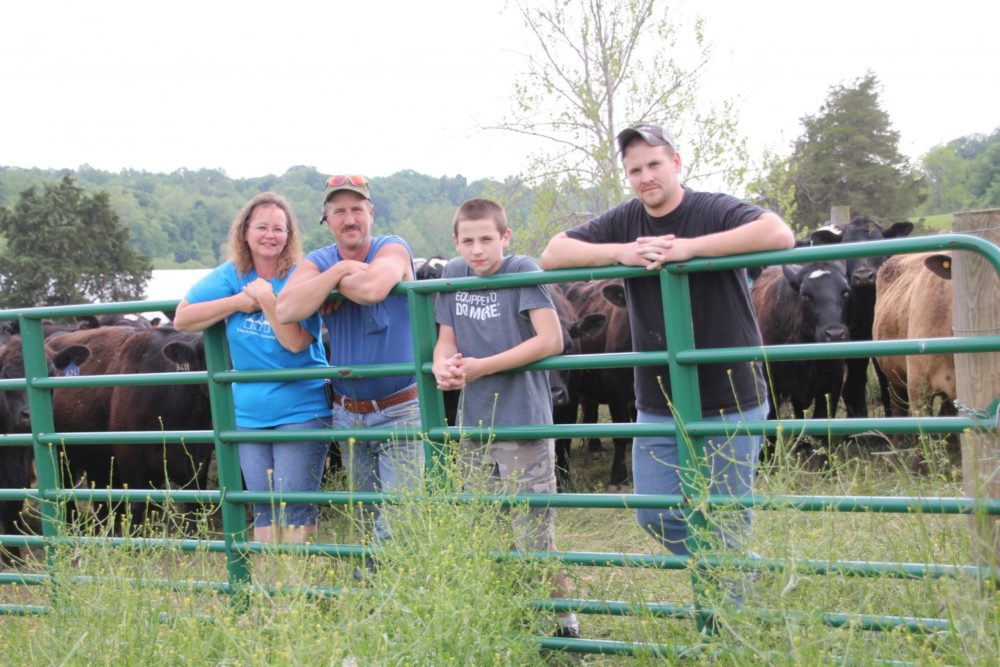
“The protein value is much higher. The window of opportunity is usually much better. It’s also a lot more palatable for the cows and easier to digest. So, there’s less waste around the feeder and less cleanup.”
“And because the bale is securely wrapped in plastic, it’s not exposed to rainfall and snowfall, so the bale doesn’t start to degrade during storage the way dry bales do when you store them outdoors. You’re always presenting a more uniform, high-quality product to the cows. And that really pays off in the end,” Riley added.
Riley bales about 80 acres of wheat rye, Tennessee orchard grass, red clover and fescue – roughly 350 wet bales per year – and he uses nearly all of it to feed 65 Angus crossbred beef cows. Last year Riley custom baled an additional 450 wet bales, but says he doesn’t custom bale very often.However, it helps pay the bills.
“Frankly, at first it was hard to justify the cost for the amount of hay we harvest, but after seeing how perfectly the 504 PRO baler fits into our operation, it was definitely worth it. I plan to keep it for a long time,” he said.
One reason is the way it’s able to chop the forage as it enters the chamber. With the Vermeer 504 PRO baler, forage producers can use 8, 9 or 17 cutting blades within the 48″ chamber. This allows them to chop forage as short as 3″ lengths for easier feeding and increased palatability.

“The Vermeer 504 PRO is a beast – an incredible eating machine. The pickup is awesome. The chains, sprockets, belts are massive. And still, it’s a very quiet running machine. When the Vermeer dealer in my area demoed it last year, it was running up to 9 miles per hour (mph), and I could barely even hear it run. We also demoed a different colored baler at the same time, and it could only go 2.8 – 3.0 mph. Any faster, and it just choked up,” said Riley.
“But here’s what really convinced me I made a good buy. Last year I’m custom baling with a storm rapidly approaching. Next thing, all I see is this wall of water coming at me, but I wanted to finish that last bale. Within seconds, I could barely see the windrow, even with the tractor’s windshield wipers going full bore. It was crazy, but I kept going and that baler never hesitated.”

